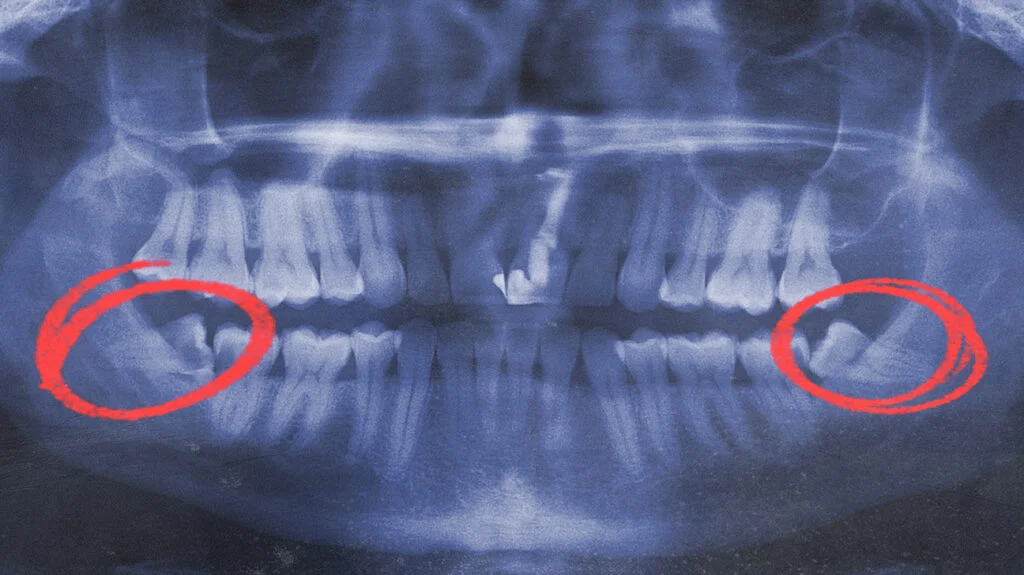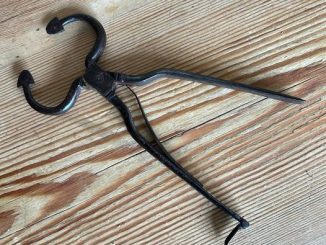Wisdom tooth removal is one of the most common dental procedures, and for the most part, it’s safe, effective, and relatively straightforward. But what happens when a dentist pulls the wrong tooth? As shocking as it sounds, this type of dental mistake happens more often than you’d think—and the consequences can be painful, expensive, and emotionally draining.
In this article, we’ll unpack why these errors occur, what can go wrong if they do, and—most importantly—how you can prevent becoming the next victim of a wrong tooth extraction.
🦷 Why Would a Dentist Pull the Wrong Wisdom Tooth?

Let’s be clear: dentists are highly trained professionals. But even experts can make mistakes—especially when it comes to something as tricky as wisdom teeth. These teeth are notorious for being difficult to see and assess, which increases the risk of errors.
Difficult-to-Identify Position
Wisdom teeth often sit deep in the back of the mouth, sometimes impacted or growing sideways. Their position can make it tough to distinguish which tooth is causing trouble, especially when swelling or infection clouds the view.
Lack of Focus or Examination Errors
Sometimes, a dentist might skip a step or rush the assessment. If they rely too much on memory or vague notes rather than clear diagnostic data, mistakes happen.
Misinterpreting X-Rays
X-rays are essential for identifying the right tooth, but reading them accurately requires precision. A mirrored image or poorly marked diagram can confuse even experienced professionals, leading them to pull a healthy tooth instead.
😣 What Happens If the Wrong Wisdom Tooth Is Removed?
Unfortunately, the consequences of this type of error go far beyond a simple “oops.” Pulling the wrong tooth can have a ripple effect on your comfort, oral function, and financial situation.
Video : What REALLY Happens During Wisdom Teeth Removal! 🦷😯
Prolonged and Unnecessary Pain
Instead of relieving your discomfort, you now have two problems—the original issue that’s still unresolved, and a new wound that’s healing from the unnecessary extraction.
Gum and Jawbone Damage
Every extraction comes with a risk of trauma to nearby structures. If the wrong tooth is pulled, especially one that wasn’t meant to come out, your gums or jawbone might be damaged without any clinical benefit.
Chewing and Eating Difficulties
Wisdom teeth play a minor role in chewing for most people—but accidentally removing the wrong molar (or removing one prematurely) can throw off your bite, affect your digestion, and make eating painful.
Additional Procedures and Cost
Now you’re stuck paying for corrective treatment—possibly another surgery, an implant, or bone grafting. And unless the dentist takes full responsibility, those extra bills might come out of your own pocket.
😷 How Can You Protect Yourself Before Wisdom Tooth Surgery?
Thankfully, you don’t need to leave your dental health up to chance. By taking a few smart precautions, you can dramatically reduce the odds of something going wrong during your wisdom tooth extraction.
Choose a Highly Experienced Oral Surgeon
Don’t just settle for convenience. Do your homework. Look for dentists or oral surgeons who specialize in extractions and have excellent patient reviews. If they’ve done thousands of these procedures successfully, your odds are better.
Request a Comprehensive Exam and Clear Imaging
Insist on up-to-date digital X-rays or 3D scans like cone beam CT. These tools give a detailed picture of where your wisdom teeth sit and help your dentist plan accurately. If the clinic doesn’t offer this level of imaging, that’s a red flag.
Double-Check Tooth Identification Before the Procedure
Before the surgery begins, ask the dentist to confirm which tooth will be removed—and make sure it matches the plan discussed during your consultation. Don’t be afraid to ask, “Are you 100% sure this is the right one?”

Get a Second Opinion if You’re Unsure
If you’re uncertain about the diagnosis or feel like your concerns are being brushed off, seek a second opinion. A fresh set of eyes might catch something the first dentist missed.
📍 Post-Surgery Red Flags You Shouldn’t Ignore
Even if you’ve already had a tooth removed, it’s important to monitor your recovery. Some discomfort is expected, but certain symptoms may signal a problem.
- Severe or worsening pain several days post-op
- Persistent bleeding or pus
- Swelling that gets worse, not better
- A feeling that the wrong tooth was removed
If you suspect an error, contact your dentist immediately or consult another provider for an urgent evaluation.
💰 What to Do If the Dentist Pulled the Wrong Tooth
Mistakes like this are serious—and they can be grounds for formal complaints or legal claims, especially if the error causes significant harm. If this happens to you:
- Request all records and X-rays from the clinic
- Get an independent evaluation to assess the damage
- Speak with a dental negligence attorney to understand your rights
- Report the incident to your local dental board or regulatory agency
Being polite and professional while standing firm is the best way to start the resolution process.
Video : Wound healing process after extraction
❤️ Final Thoughts: Your Mouth, Your Responsibility
Your dental health is personal, and you deserve care that’s thoughtful, precise, and respectful. While most dentists strive to do their best, mistakes like pulling the wrong wisdom tooth are entirely preventable.
You can protect yourself by staying informed, asking the right questions, and making sure your provider takes the time to do things correctly. Your wisdom teeth might be tucked away in the back of your mouth, but their removal shouldn’t be left to chance.
Stay sharp. Stay safe. And never be afraid to speak up—because when it comes to your smile, you’re the one who has to live with the results.


